The biceps tendon
The biceps is a muscle on the front of the arm. It's principle function is in supination of the forearm (turning the hand from facing down to facing up; like screwing in a screw). It also assists in flexion of the elbow (as in a bicep curl that you may perform in the gym).
The biceps is a unique muscle because it has two 'heads', so it has two tendons at the top end and one at the bottom end (to attach to the forearm). The two tendons at the top end are called the long head and the short head. The short head is attached to the coracoid process and is rarely a problem. The long head travels all the way up into the shoulder joint, crosses it, and then inserts into the top edge of the glenoid (socket). The function of the long head of biceps has been a longstanding source of controversay. Some say it has an important role in proprioception, others say it depresses (pushes down) on the humeral head and helps to prevent the head coming into contact with the acromion. It may of course not have much role at all and just needs to attach somewhere and nature states that is where it travels ! As the long head traverses the shoulder it can become implicated in shoulder pathology (pain).
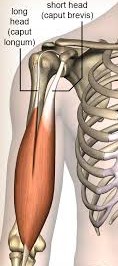
Tenotomy of the biceps tendonBoth tenotomy and tenodesis have their own problems, unfortunately. With a tenotomy, the tendon is allowed to retract back into the sheath and the short head of biceps holds the biceps muscle up and flexion and supination is still possible. However because only the short head is 'working', the muscle adopts a slightly different shape and tends to drop a little and the muscle can bunch up into more of a ball rather than an oval. This has earned it the nickname 'popeye effect'. This is probably becasue the cartoon characer with that name had bulging muscles, and it does bulge a bit but it mostly drops. Above the ball of the biceps is then a flatish area where the oval of the biceps used to be. It is very variable as to how obvious this popeye effect is. It does tend to be more obvious in people with large bicep muscles or those who are slim.
It is unlikely a patient would notice much difference in strength after a tenotomy of the biceps unless they are a keen gym goer or perform supination of the forearm for their work. So, for example, joiners may notice a reduction in strength of screwing-in a screw as this is supination. However most people during normal daily life are very unlikely to notice a loss of strength. 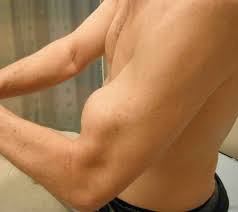 The popeye effect on this patient's left arm
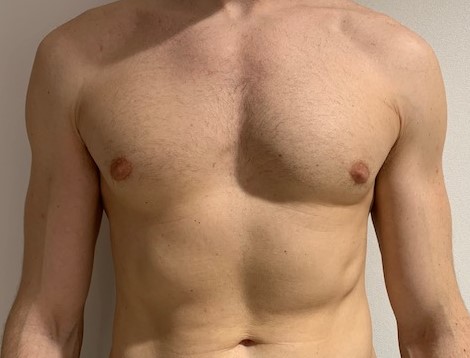 This patient has had bilateral tenodeses, so the biceps height is maintained 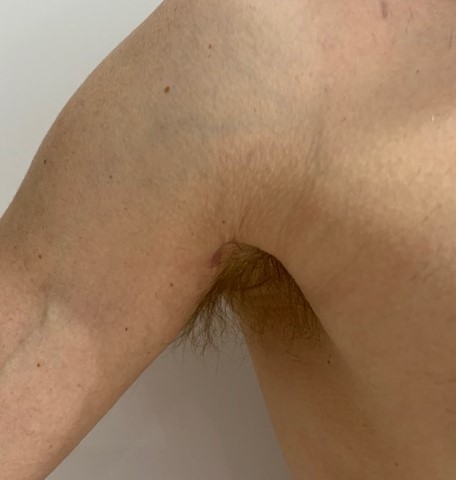 The scar is just visible on the left side of the arm pit on this right shoulder 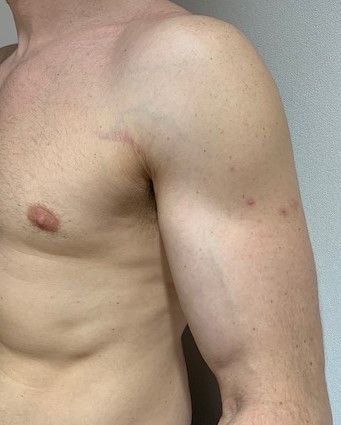 The scar isn't visible on this photograph. The 'scar' on the chest is a stretch mark, not a surgical scar. Tenodesis of the biceps tendonWith a tenodesis the tendon is cut in the shoulder joint via arthroscopy but then a second incision is made (about 3cm long) at the anterior axilla (armpit) and the tendon is found and pulled down to appear through the wound in the axilla. The tendon is the 'whip-stitched' to gain a good hold of it and then an anchor is placed in the upper humerus. The tendon is then tied down to the anchor and the biceps is then 'held-up' by the achor, thus reducing the popeye effect. it is still possible to get a popeye effect even with a tenodesis but it is usually less than with a tenotomy.
Muscle cramps in the biceps can occur after either a tenotomy or a tenodesis but these tend to subside over a few months after the procedure.
|